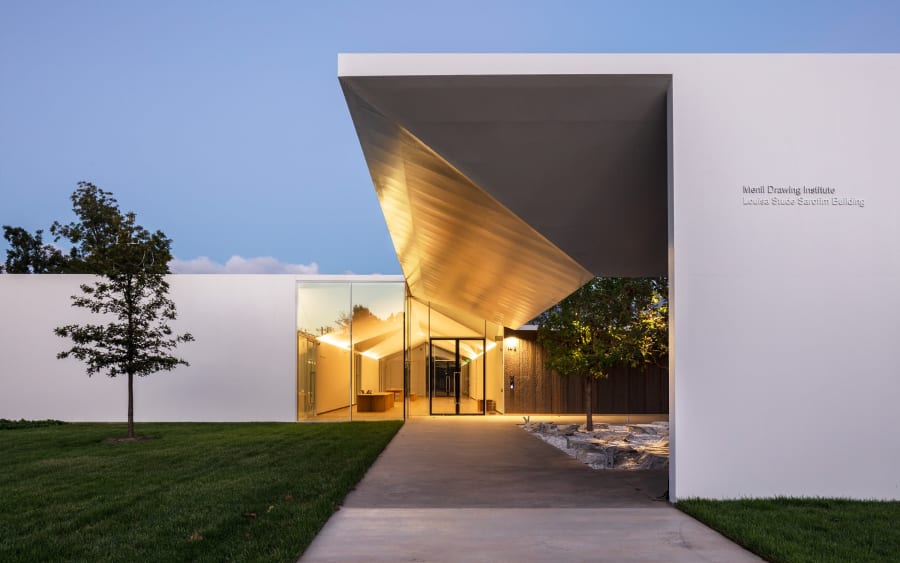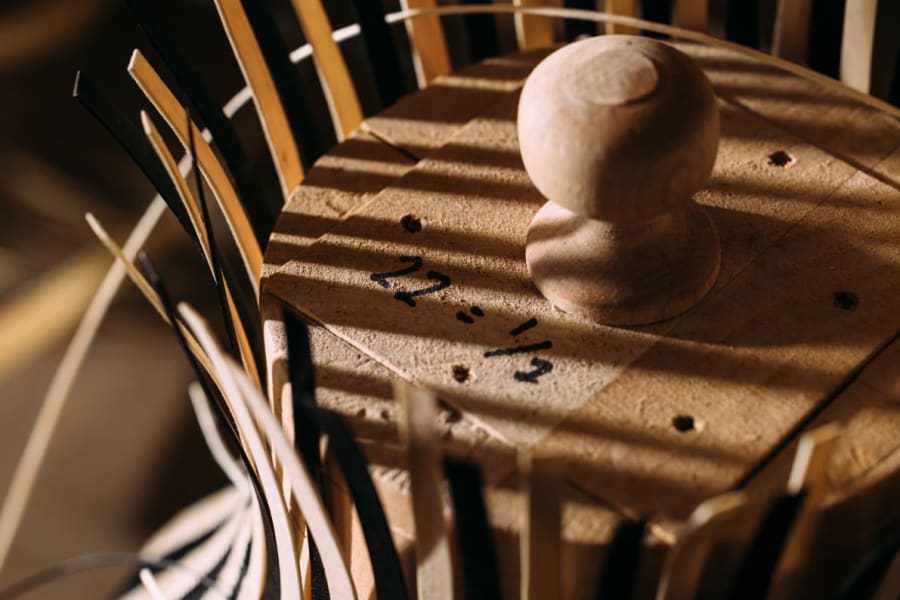
A cultural renaissance in Miami’s financial district
With bold sculptures, vibrant murals, and The Underline park reshaping the landscape, Brickell is becoming a creative hotspot as a younger generation makes the district its home

A cultural renaissance in Miami’s financial district
With bold sculptures, vibrant murals, and The Underline park reshaping the landscape, Brickell is becoming a creative hotspot as a younger generation makes the district its home

A cultural renaissance in Miami’s financial district
With bold sculptures, vibrant murals, and The Underline park reshaping the landscape, Brickell is becoming a creative hotspot as a younger generation makes the district its home

A cultural renaissance in Miami’s financial district
With bold sculptures, vibrant murals, and The Underline park reshaping the landscape, Brickell is becoming a creative hotspot as a younger generation makes the district its home

A cultural renaissance in Miami’s financial district
With bold sculptures, vibrant murals, and The Underline park reshaping the landscape, Brickell is becoming a creative hotspot as a younger generation makes the district its home
Beneath the glass towers and steel ribs of Miami’s Metrorail, a black bronze hand emerges – two fingers raised in a ‘V’, symbolizing peace, victory, or defiance. Unveiled in May 2023, Hank Willis Thomas’s Duality marks the beginning of The Underline, a 10-mile urban park dotted with art. The works have been commissioned in collaboration with Miami Dade’s Art in Public Places program. Thomas’s sculpture rises like a spectral apparition from its concrete plinth. With smooth, skyward curves, it stands at the mouth of the Miami River – a quiet reminder that beneath the city’s glittering ambition, a human heart still beats. Amid the pirouetting construction cranes, Duality remains steadfast, a sentinel in a city of change.
Reflecting on his work, Thomas notes, ‘We don’t have many monuments to love in our society. I use my heart to implant messages of hope in public space, inspiring intimacy, care, and consideration.’ Enveloped by native plants and community spaces, Duality embodies The Underline’s vision of connection through art and nature.
Once a desolate Eden bracketed by the Miami River, Biscayne Bay, and subtropical wilderness, the Brickell area was dense with oak trees and impassable underbrush. Then, in the late 19th century, this untamed land caught the eye of Mary Brickell, a visionary pioneer instrumental in shaping Miami’s future. The arrival of Henry Flagler’s Florida East Coast Railway in 1896 marked a pivotal moment. The Brickells began to develop their vast land holdings, and a new city arose along the banks of the river. By the 1920s, grand homes in Beaux-Arts and Mediterranean styles graced Brickell Avenue. These served as winter residences for the wealthy industrialists of the Gilded Age, and the street became known as ‘Millionaires’ Row.’
After World War II, the neighborhood underwent significant change. The grand mansions gave way to tall condominiums with avant-garde designs. By the 1970s, Brickell was becoming a financial center, transforming into the ‘Manhattan of the South’. International banks and sleek high-rises redefined its skyline. Amid a forest of glass and steel, a rich street life flourished.
At the heart of Brickell’s recent cultural renaissance is The Underline, a transformative urban trail reimagining the space beneath Miami’s Metrorail as a 10-mile linear park and living art destination. Inspired by projects like New York City’s High Line, The Underline aims to connect communities via its route, improve safety for pedestrians and cyclists, and create over 120 acres of new open space with restored natural habitats. The Brickell Backyard already has several permanent and temporary installations by local, national, and international artists. These include Miami’s Typoe Gran, who created a sculpture garden made out of enlarged brightly-colored children’s building blocks and fellow local Cara Despain’s Water/Tables (2021), a playable ping pong table, and Danish artist Jeppe Hein’s Modified Social Bench for Venice #04 (2019).
‘We’ve been so fortunate that donors are really focused on trying to create experiential art that everyone can enjoy,’ says Patrice Gillespie Smith, COO of The Underline. ‘There are no doors, there’s no admission – you’re just experiencing art on your own terms.’
One of the artists contributing to this vision is Jennifer Basile, who has worked as an artist in Miami for over two decades. Her installation Disappearing Treasures (2021) along the corridor between the Metromover and Metrorail stations in Brickell uses silhouette stencils of native birds and coral in a vivid Tiffany Blue color. The artwork brings attention to endangered species and the decline of local coral reefs, referencing rising sea levels and the diminishing blue sky due to overdevelopment.
‘Being downtown, everybody using trains all day, and I had a lot of interaction with the public that came through that station,’ Basile reflects. ‘Many people stopped to tell me how much they enjoyed it because they felt that long corridor was so dull and unattractive.’
Just a few blocks away, art collectors Edward Shumsky and Susan Kronick have found a new home in Brickell that reflects their own passion for art and culture. In April, they moved into a 55th floor residence, where floor-to-ceiling windows frame sweeping views of the city. ‘We designed our home around the art,’ Shumsky shares. ‘We focused on how to showcase the pieces before finalizing the apartment’s design.’ Their collection includes works by Lucio Fontana, Enrico Castellani, Michelangelo Pistoletto, and other significant figures from the Arte Povera movement and the Zero group.
‘We saw this as a great place for access to downtown, the Adrienne Arsht Center, PAMM (Pérez Art Museum Miami), and the Design District,’ he explains. ‘There’s a vibrancy here,’ Kronick adds. ‘Some people mention all the young people, but we think it’s fantastic – what they’re wearing, where they’re eating, where they’re gathering. It’s part of what makes a city’s cultural scene thrive.’
For Shumsky and Kronick, Brickell represents the ideal urban lifestyle – a place where accessibility, culture, and vibrancy converge. ‘Great places to live have a combination of work, live, and play,’ Shumsky reflects. ‘Brickell offers that blend seamlessly.’
As Brickell experiences a cultural and artistic transformation, new developments are reshaping its skyline and enhancing this already vibrant community. Leading this transformation is 888 Brickell by Dolce & Gabbana, a landmark project that embodies the district’s spirit of innovation.
Dolce&Gabbana’s legacy of craftsmanship comes to life at 888 Brickell, the brand's first U.S. residential project. Developed with JDS Development Group, 888 Brickell will soar to 1,049 feet, becoming one of Miami's tallest building. Offering 259 residences ranging from 1 to 4 bedrooms, with Sales and Marketing exclusively represented by ONE Sotheby’s Realty International, each unit is meticulously curated by Dolce&Gabbana and complemented by five-star amenities, transforming the Brickell skyline. More information about the project can be found here.
Laurie Rojas is an independent art critic based in Berlin and Miami.
Caption for top-image: Hank Willis Thomas - Duality.
Published on November 13, 2024.



